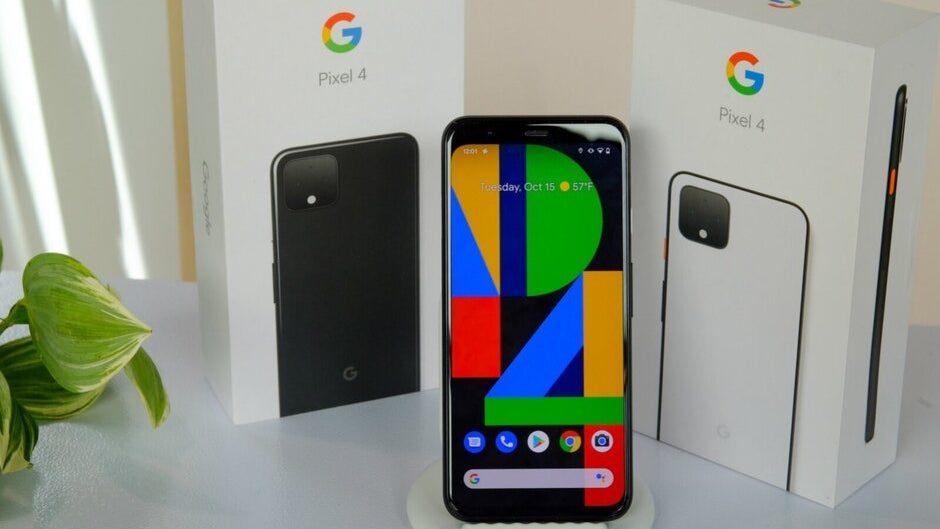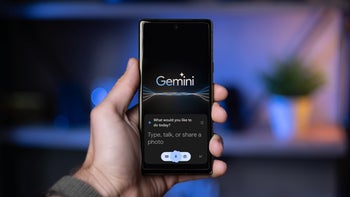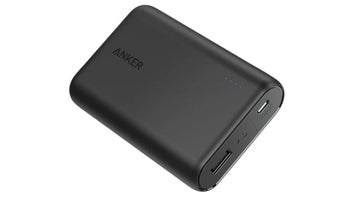Google to enable dual-band GPS on Pixel 4 after launch

You might recall that back in May, we told you about dual-frequency GNSS (Global Navigation Satellite Systems). This allows a compatible phone to receive signals from a U.S. Global Positioning System satellite on two bands instead of one. One of the advantages of dual-band GPS is faster satellite tracking. In addition, the dual-frequency system can track a phone with an accuracy of 1ft (30cm) vs.16ft (5m) with a single-band GPS. This is the difference between a navigation system knowing what road a user is on, and knowing which lane he or she is in. And it also avoids the problems that skyscrapers can create for GPS signals.
Earlier this year, we pitted a number of phones with dual-band GPS against those with the single-band version and found that there really wasn't much improvement in accuracy when using the former. The Snapdragon 855 Mobile Platform comes with the necessary hardware to run dual-band GPS, but some manufacturers just do not enable it on their phones. And that brings us to the Pixel 4 series that Google introduced earlier this week. According to Google's own spec sheets, the new handsets will launch on October 24th without dual-band GPS in place. However, Google does note in the footnotes on the same page that support for the two bands used with dual-band U.S. GPS, L1, and L5, is coming soon.

Google says that dual-band GPS is coming soon to the Pixel 4 line
If you'd like to check to see whether your phone supports both L1 and L5, install GPSTest from the Google Play Store. Once opened on your phone, look for L5 in the CF (Carrier Frequency) column. If you see it, your phone does support dual-band GPS.

GPSTest app shows dual-band GPS support on the OnePlus 7 Pro













Things that are NOT allowed: